The mechanism of mRNA cap recognition
- PMID: 39663447
- PMCID: PMC12704497
- DOI: 10.1038/s41586-024-08304-0
The mechanism of mRNA cap recognition
Abstract
During translation initiation, mRNA molecules must be identified and activated for loading into a ribosome1-3. In this rate-limiting step, the heterotrimeric protein eukaryotic initiation factor eIF4F must recognize and productively interact with the 7-methylguanosine cap at the 5' end of the mRNA and subsequently activate the message1-3. Despite its fundamental, regulatory role in gene expression, the molecular events underlying cap recognition and mRNA activation remain unclear3. Here we generate a single-molecule fluorescence imaging system to examine the dynamics with which eIF4F discriminates productive and non-productive locations on full-length, native mRNA molecules. At the single-molecule level, we observe stochastic sampling of eIF4F along the length of the mRNA and identify allosteric communication between the eIF4F subunits that ultimately drive cap-recognition and subsequent activation of the message. Our experiments uncover functions for each subunit of eIF4F and we conclude by presenting a model for mRNA activation that precisely defines the composition of the activated message. This model provides a general framework for understanding how mRNA molecules may be discriminated from one another and how other RNA-binding proteins may control the efficiency of translation initiation.
© 2024. The Author(s), under exclusive licence to Springer Nature Limited.
Conflict of interest statement
Competing interests: The authors declare no competing interests.
Figures

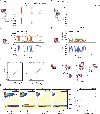
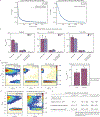


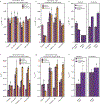

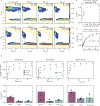
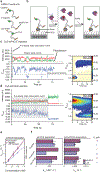



Update of
-
The mechanism of mRNA activation.bioRxiv [Preprint]. 2023 Nov 15:2023.11.15.567265. doi: 10.1101/2023.11.15.567265. bioRxiv. 2023. Update in: Nature. 2025 Jan;637(8046):736-743. doi: 10.1038/s41586-024-08304-0. PMID: 38014128 Free PMC article. Updated. Preprint.
References
-
- Abramson RD et al. The ATP-dependent interaction of eukaryotic initiation factors with mRNA. J Biol Chem 262, 3826–3832 (1987). - PubMed
MeSH terms
Substances
Grants and funding
LinkOut - more resources
Full Text Sources
Miscellaneous

